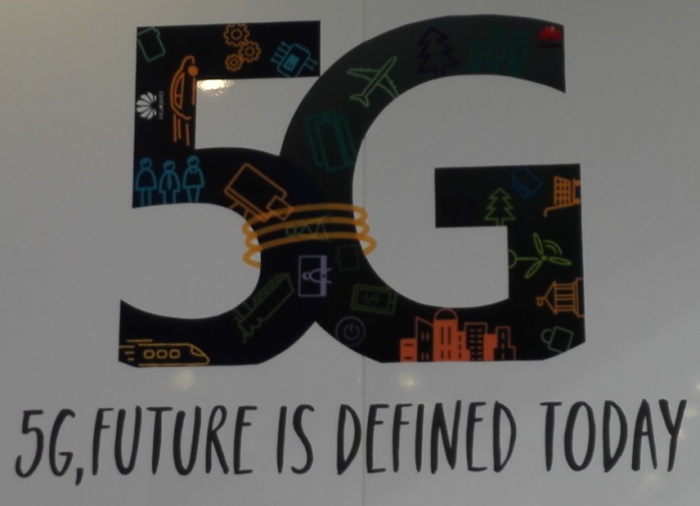
American telecom regulator Federal Communications Commission (FCC) is easing the roll out of the 5G networks in the U.S.
FCC on Monday said that the Wireless Telecommunications Bureau signed an agreement to eliminate historic preservation review for small facility deployments across the U.S. that do not adversely impact historic sites and locations.
The strategy of FCC is to ensure the American leadership in 5G mobile technology. AT&T and Verizon will benefit from the move.
The development is significant for the US wireless operators because North America and Asia will each account for more than 40 percent of global 5G subscriptions at the end of 2021 according to Ovum’s inaugural 5G Subscription Forecasts.
Today, the FCC took a significant step to facilitate #5G infrastructure deployment https://t.co/UT1XQA6Bxb
— The FCC (@FCC) August 8, 2016
Ovum says 5G commercial services will be available in 2020. There will be 24 million 5G subscriptions worldwide at the end of 2021 for mobile and fixed broadband services. North America and Asia will each account for more than 40 percent of global 5G subscriptions at the end of 2021, followed by Europe with more than 10 percent of subscriptions, with the Middle East and Africa accounting for the remainder.
Ovum estimates that 5G services will be available in more than 20 markets worldwide by the end of 2021. The vast majority of 5G subscriptions will be concentrated in the US, Japan, China, and South Korea.
FCC Chairman Tom Wheeler said: “5G is a national priority, and why today’s agreement to streamline small cell deployment will play a critical role in the successful deployment of next generation wireless service.”
Investment in 5G will require increasing spectrum availability, ensuring backhaul connectivity, and facilitating infrastructure deployment. Today’s action addresses infrastructure deployment, enabling more efficient installation of distributed antennae systems (DAS) and small cells.
The new exclusions lay the groundwork for 5G service by reducing the cost, time, and burden associated with deployment, and by providing opportunities to make existing networks denser at low cost and with very little impact.





